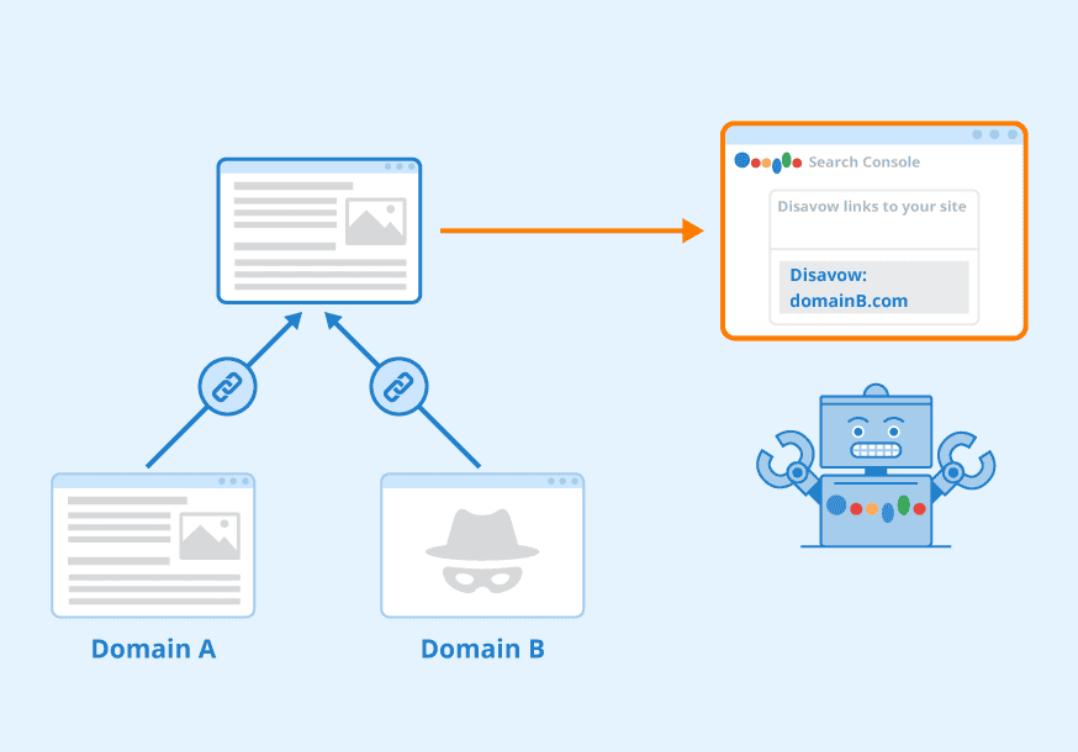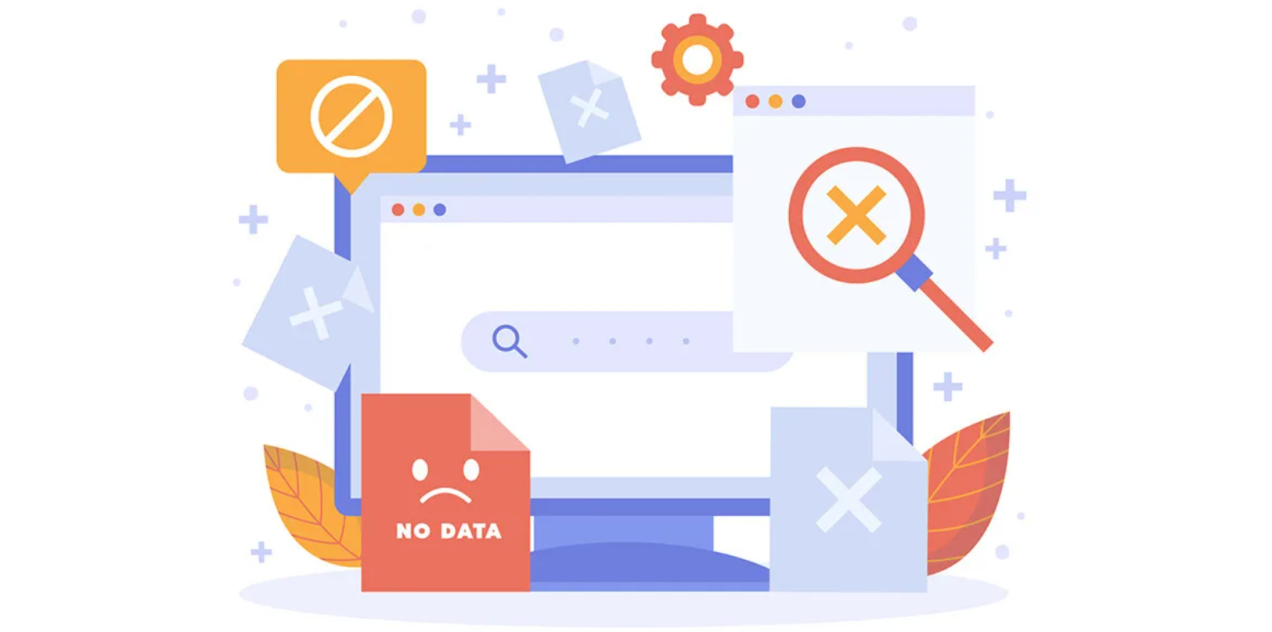In my years as an SEO strategist, one of the most common questions clients ask is, “Why is my traffic dropping even though I’m doing everything right?” More often than not, the answer lies in their backlink profile. Backlinks are critical to a website’s search engine visibility, but not all links are beneficial. That’s why having a reliable bad backlinks checker is essential. Some links can severely harm your rankings, trigger algorithmic penalties, and destroy the trust you’ve built with search engines like Google.
Understanding the difference between good and bad backlinks is essential. These are links that come from low-quality, irrelevant, or spammy websites. Such toxic links send negative signals to search engines, making it seem like you’re engaging in manipulative SEO practices, even if you’re not. That’s why it’s crucial to detect and remove bad backlinks before they erode your digital presence.
This guide is designed to help you do just that. Drawing from firsthand experience managing SEO for dozens of websites, I’ll walk you through the key steps to identify and evaluate harmful links, understand removal strategies, and implement best practices to prevent bad link building in the future. By the end, you’ll be equipped with the right approach to remove backlinks, protect your SEO rankings, and prevent similar issues in the future.

Introduction to Bad Backlinks and Their Impact on SEO
Bad backlinks are one of the most overlooked but serious issues in SEO. I’ve encountered this problem firsthand during SEO audits and site recovery projects. These links can sabotage your website’s credibility and search engine rankings, even if everything else is optimized perfectly. That’s why it’s critical to remove toxic backlinks before they start damaging your domain authority and trust signals.
Understanding the implications of bad backlinks for SEO is essential for any webmaster or SEO professional. If left unchecked, they can trigger penalties from search engines like Google, reducing visibility and costing valuable organic traffic. That’s why it’s critical to learn how to remove bad backlinks from website before they cause irreversible damage.
What Are Bad Backlinks and Why Are They Harmful to Your Website?
Bad backlinks are inbound links from untrustworthy, irrelevant, or spammy websites. In my experience, they’re often generated through black-hat SEO tactics, link farms, or automated tools that violate Google’s Webmaster Guidelines.
These links are harmful because they dilute your backlink profile’s quality. Google’s algorithms interpret bad backlinks as signs of manipulative practices, which can lead to penalties. That’s why you must act fast if you want to remove bad backlinks and keep your site healthy.
How Bad Backlinks Affect Your SEO and Search Engine Rankings
When I perform SEO audits, one red flag is a sudden drop in rankings or organic traffic. Often, the culprit is a surge in toxic or irrelevant backlinks. These links can confuse search engines about your site’s relevance and trustworthiness, which is why it’s vital to understand how to remove bad backlinks before the damage becomes long-term.
As a result, your domain authority decreases, and Google may push your pages down the rankings. Learning how to remove backlinks promptly can make a huge difference in your site’s recovery and long-term SEO success.
The Difference Between Good and Bad Backlinks
Not all backlinks are bad. I often explain to clients that good backlinks come from authoritative, relevant sites that naturally link to your content. These are earned through quality content, PR campaigns, or guest posting on reputable blogs.
On the other hand, links from low-quality directories, spam forums, or PBNs often offer no value and only serve to manipulate rankings. Knowing the difference is crucial when you check for bad backlinks in your audit.

How to Identify Bad Backlinks on Your Website
Before you can take action, you need to identify the problem areas. When I conduct link audits, I use a combination of manual analysis and automated tools to detect risky links.
The goal is to find bad backlinks and evaluate their quality based on relevance, authority, anchor text, and traffic. This step lays the groundwork for your bad backlinks removal strategy.
What Are the Key Indicators of Bad Backlinks?
There are several warning signs I look for when doing a bad backlinks check. These include links from irrelevant niches, anchor texts stuffed with keywords, and domains with low domain authority or a spam score.
I also flag links from websites with malware, no organic traffic, or that exist solely to exchange links. These are clear indicators that you need to remove toxic backlinks to protect your SEO.
Tools to Find Bad Backlinks for Free
There are several tools that help you check bad backlinks free of charge. Google Search Console is my first go-to; it offers insights into your current backlinks. I also recommend Backlink Checker by Ahrefs (free version), and Ubersuggest.
Using a bad backlinks checker free tool is a great starting point if you’re on a budget. These tools give you a snapshot of your backlink profile and highlight potential threats.
Common Types of Bad Backlinks to Watch Out For
Some of the most common harmful link types I’ve come across include spammy blog comments, links from unrelated foreign domains, and backlinks from sites with spun or plagiarized content.
Forum profile links and irrelevant directory submissions are also typical offenders. Regularly using a bad backlinks checker will help you catch these early and remove spam backlinks before Google penalizes your site.
How to Remove Bad Backlinks from Your Website
Once you’ve identified the threats, it’s time to act. I’ve done this many times, and I assure you—it’s completely doable, even without hiring an agency.
You need to understand how to remove bad backlinks from website effectively. Sometimes it’s as simple as contacting the webmaster; other times, it requires disavowing.
Step-by-Step Guide on How to Remove Bad Backlinks
Here’s how I do it: First, compile a list of harmful links. Then, reach out to the webmasters and request a removal. I keep my emails concise, polite, and professional.
If that doesn’t work, it’s time to escalate. That’s when you learn how to remove bad backlinks using the Disavow Tool, which I’ll cover next.
Using the “Disavow” Tool to Remove Toxic Backlinks from Google
The Google Disavow Tool is your final resort when webmasters ignore your requests. I prepare a text file with the toxic URLs and submit it through Search Console.
This tells Google not to count those links in their algorithm. It’s one of the most effective ways to remove backlinks and regain lost trust. Just make sure you understand how to remove bad backlinks from google before using it.
How to Remove Spammy Backlinks
If you’re wondering how to remove bad backlinks from google, targeting spammy links is a priority. These are often flagged by Google’s algorithm and can severely hurt your rankings.
To remove spam backlinks, document everything, reach out to webmasters, and follow up. If there’s no response, proceed to disavow. It’s tedious, but essential for a clean backlink profile.
Tools for Removing Toxic and Spam Backlinks
I rely on several tools that streamline the process. These tools help me spot, evaluate, and even request removal automatically.
Choosing the right remove backlinks tool can significantly reduce the time and effort needed. Some tools even integrate with Google Search Console for seamless disavowal.
Best Tools for Identifying and Removing Bad Backlinks
The top tools in my arsenal include Ahrefs, SEMrush, Moz, and LinkResearchTools. These offer advanced filtering, spam score analysis, and even templates to contact webmasters.
Each remove backlinks tool has its strengths, but I always use at least two to cross-check results and ensure nothing slips through.

How to Prevent Bad Backlinks in the Future
Prevention is better than cure. Once you’ve cleaned your profile, you need a strategy to avoid toxic links in the future.
I recommend regularly monitoring your backlinks and performing audits at least quarterly. That’s the only way to proactively disavow bad backlinks and avoid penalties.
Building a Strong Backlink Profile to Avoid Toxic Links
A strong backlink profile is built through ethical SEO. I focus on guest posting on niche-relevant blogs, getting featured in authoritative directories, and earning mentions via content marketing.
The stronger your profile, the less impact future harmful links will have. And with proactive tracking and regular checks, you can quickly check bad backlinks and respond before issues escalate.
Conclusion: How to Protect Your Website from Harmful Backlinks
In my years of SEO experience, I’ve learned that a healthy backlink profile is the backbone of long-term success. Ignoring this aspect can destroy even the best content strategies.
By learning how to remove backlinks, leveraging powerful tools, and preventing future issues, you’ll protect your website from algorithmic penalties and grow your organic presence sustainably.
Together We Rise: A Campaign for Everyone